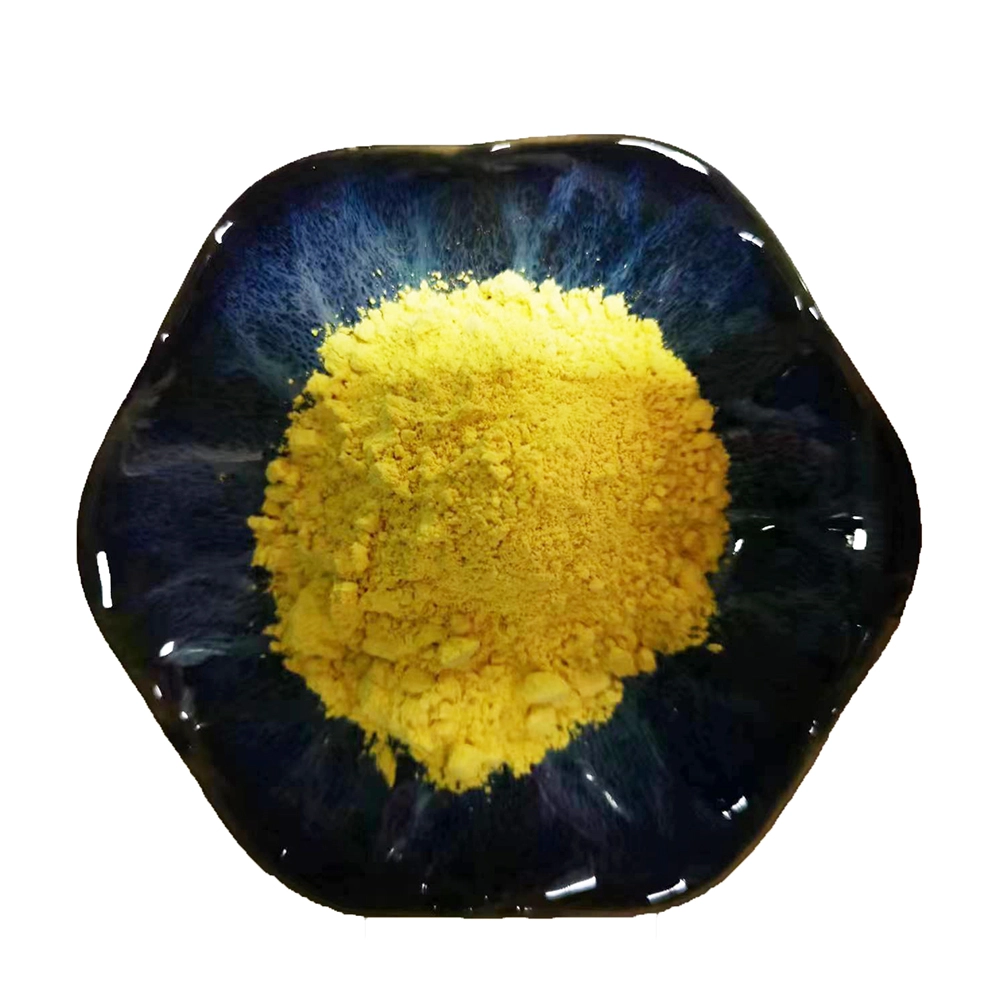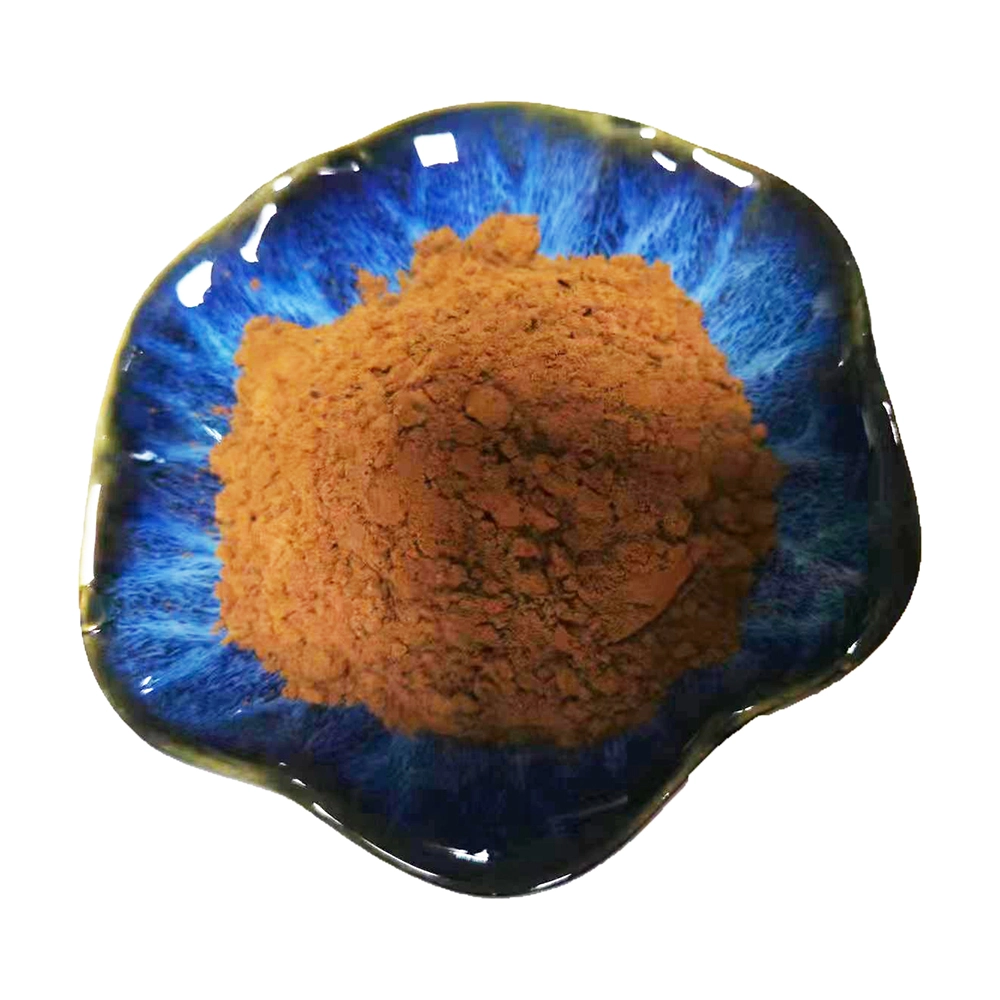+86-15212299029
- All
- Product Name
- Product Keyword
- Product Model
- Product Summary
- Product Description
- Multi Field Search
Views: 220 Author: tcchems Publish Time: 2025-10-27 Origin: Site











Content Menu
● Phloretin: Chemical background and sources
● Mechanisms of action: why phloretin matters
● Phloretin in cosmetics: applications and benefits
● Phloretin in pharmaceuticals: therapeutic potential
● Formulation considerations: delivering phloretin effectively
● Safety and regulatory landscape
● Comparative perspective: phloretin vs. related compounds
● Research gaps and future directions
● Practical tips for formulators and product developers
● Conclusions: the promise of phloretin in cosmetics and pharmaceuticals
Phloretin is a naturally occurring flavonoid that has attracted growing interest in both cosmetics and pharmaceuticals for its versatile biological activities and favorable safety profile. Derived primarily from apples and pear trees, phloretin belongs to the flavonoid class of polyphenolic compounds known for their antioxidant, anti-inflammatory, and skin-protective properties. This article explores the science behind phloretin, its mechanisms of action, practical applications in cosmetics and medicines, formulation considerations, safety and regulatory aspects, and future directions.

Phloretin is a dihydrochalcone, a subclass of flavonoids characterized by a distinctive structure that contributes to its biological effects. In nature, phloretin occurs predominantly as a glycoside, linking to sugar moieties that influence its solubility and skin-absorption properties. Enzymatic hydrolysis in the body or through cosmetic processing can liberate the aglycone phloretin, which is more readily active in various bioassays. Major plant sources include apple peels, apples, and pears, where phloretin may be present in modest but biologically meaningful concentrations.
Phloretin engages multiple cellular pathways that underlie its observed benefits in skin health and systemic health. Key mechanisms include:
- Antioxidant activity: Phloretin scavenges reactive oxygen species and upregulates endogenous antioxidant defenses, contributing to reduced oxidative stress in cells exposed to ultraviolet (UV) radiation or environmental pollutants.
- Anti-inflammatory effects: By modulating signaling cascades such as nuclear factor kappa B (NF-κB) and mitogen-activated protein kinases (MAPKs), phloretin dampens the production of pro-inflammatory cytokines and mediators.
- Modulation of skin barrier function: Phloretin can influence keratinocyte behavior and lipid processing, potentially supporting barrier integrity and reducing transepidermal water loss when formulated appropriately.
- Inhibition of melanogenesis: Some studies indicate phloretin can interfere with the melanin synthesis pathway, offering potential effects on pigmentation and hyperpigmentation treatments.
- Enzyme interaction: Phloretin may interact with certain transporters and enzymes involved in the absorption and metabolism of other compounds, which is relevant for co-formulations and pharmacokinetic considerations.
Cosmetic science seeks ingredients that are effective, safe, stable, and compatible with diverse formulations. Phloretin has promising roles in several cosmetic categories:
- Antioxidant serums and creams: Leveraging phloretin's radical-scavenging capacity to mitigate photoaging and oxidative damage from environmental stressors.
- Anti-inflammatory skin care: Post-acne products, sensitive-skin formulations, and soothing balms can benefit from phloretin's ability to moderate inflammatory responses.
- Brightening and pigmentation control: In conjunction with other depigmenting agents, phloretin may contribute to even skin tone, particularly in products targeting uneven pigmentation.
- UV-protective adjuncts: While not a standalone sunscreen, phloretin can complement UV filters by reducing oxidative stress induced by UV exposure.
- Anti-aging and collagen preservation: Through pathways that influence matrix metalloproteinases and collagen synthesis, phloretin-containing products may support dermal integrity and elasticity.
In pharmaceutical development, phloretin's multi-target actions present opportunities for:
- Anti-inflammatory therapies: Topical or systemic formulations could benefit conditions driven by chronic inflammation, leveraging phloretin's modulation of key signaling pathways.
- Antioxidant-based adjuncts: In diseases where oxidative stress contributes to pathology, phloretin may help restore redox balance and reduce tissue damage.
- Metabolic considerations: Some data suggest potential effects on cellular metabolism and glucose transport, which may be relevant for metabolic disorders or obesity-related research.
- Dermatological conditions: Conditions such as eczema, psoriasis, and dermatitis may be addressed through phloretin's anti-inflammatory and barrier-supporting properties, pending robust clinical evidence.
To harness phloretin's benefits, formulations must address stability, solubility, skin penetration, and compatibility with other actives:
- Solubility and vehicle choice: Phloretin is relatively lipophilic, so oil-in-water emulsions, liposomal systems, or nanoemulsions can enhance solubility and dermal delivery without compromising stability.
- Stability under light and heat: Phloretin can be sensitive to light and oxidation; antioxidants, chelating agents, and opaque packaging help preserve potency.
- Synergy with other actives: Combining phloretin with vitamin C, ferulic acid, or hyaluronic acid may create synergistic antioxidant or hydrating effects, though compatibility and stability must be validated.
- Concentration ranges: Cosmetic products typically employ phloretin in low-to-moderate concentrations to balance efficacy with safety and sensory attributes. Pharmaceutical doses may vary based on the condition treated and regulatory guidance.
- Delivery systems: Nanocarriers, lipid-based vesicles, and micellar formulations can improve tissue targeting and penetration, particularly for topical applications.
Safety assessment is essential for any cosmetic or pharmaceutical ingredient. Current evidence supports a favorable safety profile for phloretin when used within regulated concentrations in cosmetics. For pharmaceuticals, regulatory requirements depend on jurisdiction and the intended use. Important considerations include:
- Toxicology data: Acute and chronic toxicity, phototoxicity, sensitization, and irritation studies are typically required for new ingredient introductions.
- Manufacturing quality: Good manufacturing practices (GMP) and rigorous quality control ensure batch-to-batch consistency and impurity control.
- Labeling and claims: Regulatory agencies scrutinize health claims, ensuring they are supported by evidence and do not mislead consumers.
- Interactions and contraindications: Potential interactions with other medications or conditions should be evaluated, especially for systemic products.
When evaluating phloretin, it is useful to compare it with related polyphenols and flavonoids in terms of activity, stability, and formulation feasibility. While many flavonoids share antioxidant properties, phloretin's dihydrochalcone structure offers distinct interactions with skin cells and enzymatic targets. Its glycoside forms can affect permeability and metabolism, which can influence formulation strategy and clinical outcomes.
Despite growing interest, several questions remain to guide clinical and product development:
- Clinical efficacy: More well-designed human trials are needed to establish definitive benefits for specific cosmetic indications (e.g., hyperpigmentation, inflammation) and dermatological conditions.
- Mechanistic clarity: Deeper understanding of how phloretin modulates signaling networks in different skin cell types will inform targeted formulations.
- Stability optimization: Innovative delivery systems that maximize stability and bioavailability without compromising sensory attributes are an ongoing area of research.
- Safety in special populations: Data on use during pregnancy, lactation, and in pediatrics are necessary to broaden acceptance and guidance.
- Start with robust safety data: Ensure all testing aligns with local regulations and industry best practices.
- Prioritize stability testing: Conduct accelerated and real-time stability studies under various conditions to define shelf life.
- Evaluate formulation compatibility: Screen phloretin with common cosmetic ingredients to identify any adverse interactions early.
- Consider consumer education: Communicate the role of phloretin clearly, including its antioxidant and anti-inflammatory benefits, while avoiding overstated claims.
Phloretin presents a compelling case for inclusion in modern cosmetics and therapeutic products due to its multi-faceted bioactivity, favorable safety profile, and potential to complement other actives. While more clinical and formulation research will refine its niche, current evidence supports a growing role for phloretin as a versatile ingredient that can bolster skin protection, address inflammatory processes, and contribute to healthy skin physiology. As science advances, phloretin may emerge as a cornerstone for next-generation antioxidant and anti-inflammatory formulations in both consumer products and medical therapies.

Q1: What is phloretin, and where does it come from?
A1: Phloretin is a dihydrochalcone flavonoid found primarily in apples and pears. It exists in glycoside forms in plants and is often converted to the aglycone form during processing or metabolism.
Q2: What are the main benefits of phloretin for the skin?
A2: Phloretin offers antioxidant protection, anti-inflammatory effects, potential support for skin barrier function, and possible contributions to pigmentation control when used in appropriate cosmetic formulations.
Q3: Can phloretin be used with other skincare actives?
A3: Yes, phloretin can be formulated with other antioxidants and active ingredients, such as vitamin C and ferulic acid, but compatibility and stability should be verified for each product.
Q4: Are there any safety concerns with phloretin?
A4: Current data suggest a favorable safety profile at regulated concentrations in cosmetics. For pharmaceuticals, adherence to regulatory guidelines and comprehensive toxicology data are required.
Q5: What are common challenges in formulating phloretin?
A5: Key challenges include solubility and stability, light sensitivity, and ensuring effective skin delivery without compromising formulation aesthetics.
Q6: Is phloretin effective for pigmentation issues?
A6: Some studies indicate potential effects on melanin synthesis, which may help with pigmentation in certain contexts. More clinical evidence is needed to confirm efficacy and optimal use conditions.
Q7: What delivery systems are popular for phloretin in cosmetics?
A7: Nanocarriers, liposomes, nanoemulsions, and other advanced delivery systems are explored to enhance stability and dermal penetration.
Q8: Can phloretin be used in prescription medications?
A8: Phloretin can be investigated as an active in pharmaceutical products, but it requires comprehensive clinical trials and regulatory approval specific to the intended indication.
Q9: How should phloretin be stored in cosmetic products?
A9: Store away from light and heat, in opaque or amber packaging with appropriate antioxidants and stabilizers to preserve potency.
Q10: What future developments are expected for phloretin?
A10: Anticipated advances include more robust clinical data, improved delivery systems, and broader regulatory acceptance for cosmetics and targeted therapies.
Hot Tags: China, Global, OEM, private label, manufacturers, factory, suppliers, manufacturing company




The Difference Between Phloretin And Phloridzin: What You Need To Know?
How To Choose The Right Phloretin Supplier for Your Business?
What Is Phloretin? Understanding Its Role in Cosmetics And Pharmaceuticals
Phloretin Vs Other Antioxidants: Which One Is Best for Your Skin?
What’s The Difference Between Hyaluronic Acid Serum And Cream?
What’s The Difference Between Sodium Hyaluronate And Hyaluronic Acid?
What’s The Difference Between High And Low Molecular Weight Hyaluronic Acid?
The Top Hyaluronic Acid Raw Material Suppliers: A Global Perspective